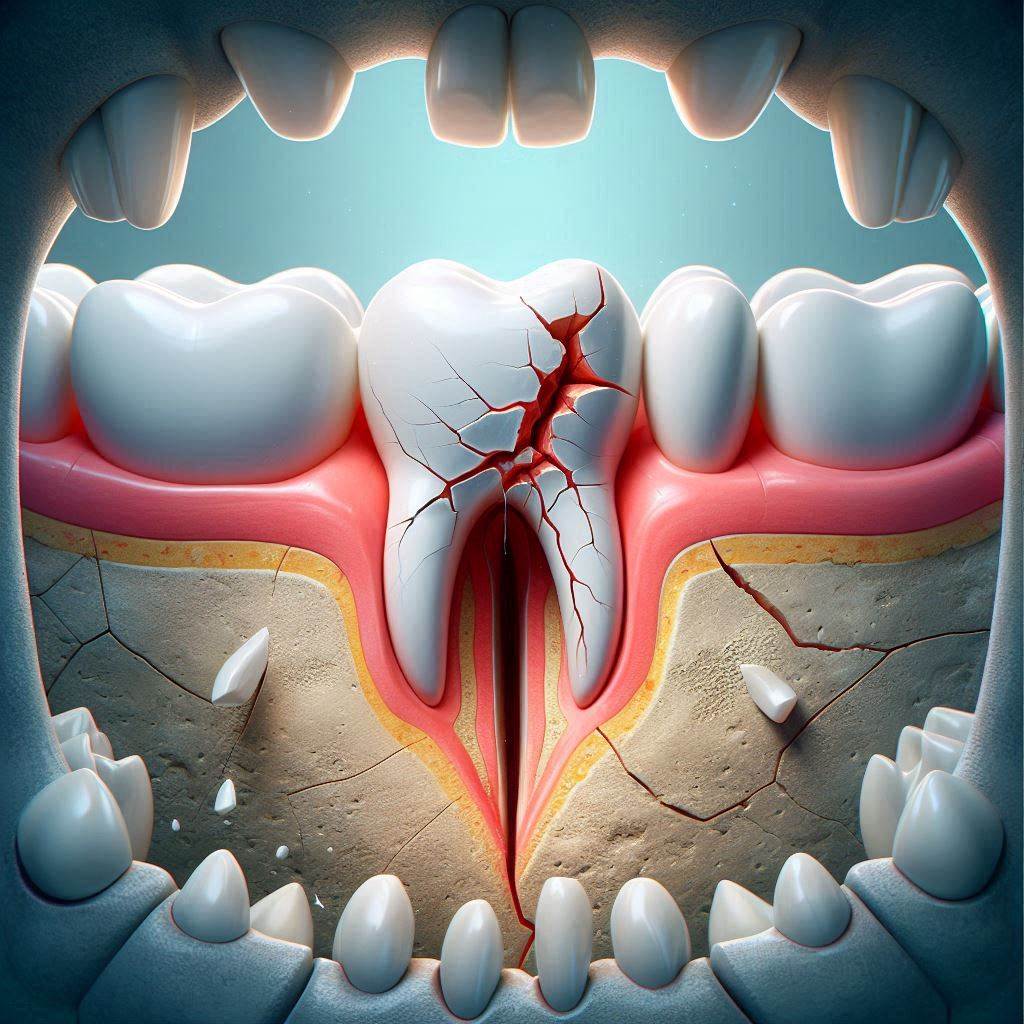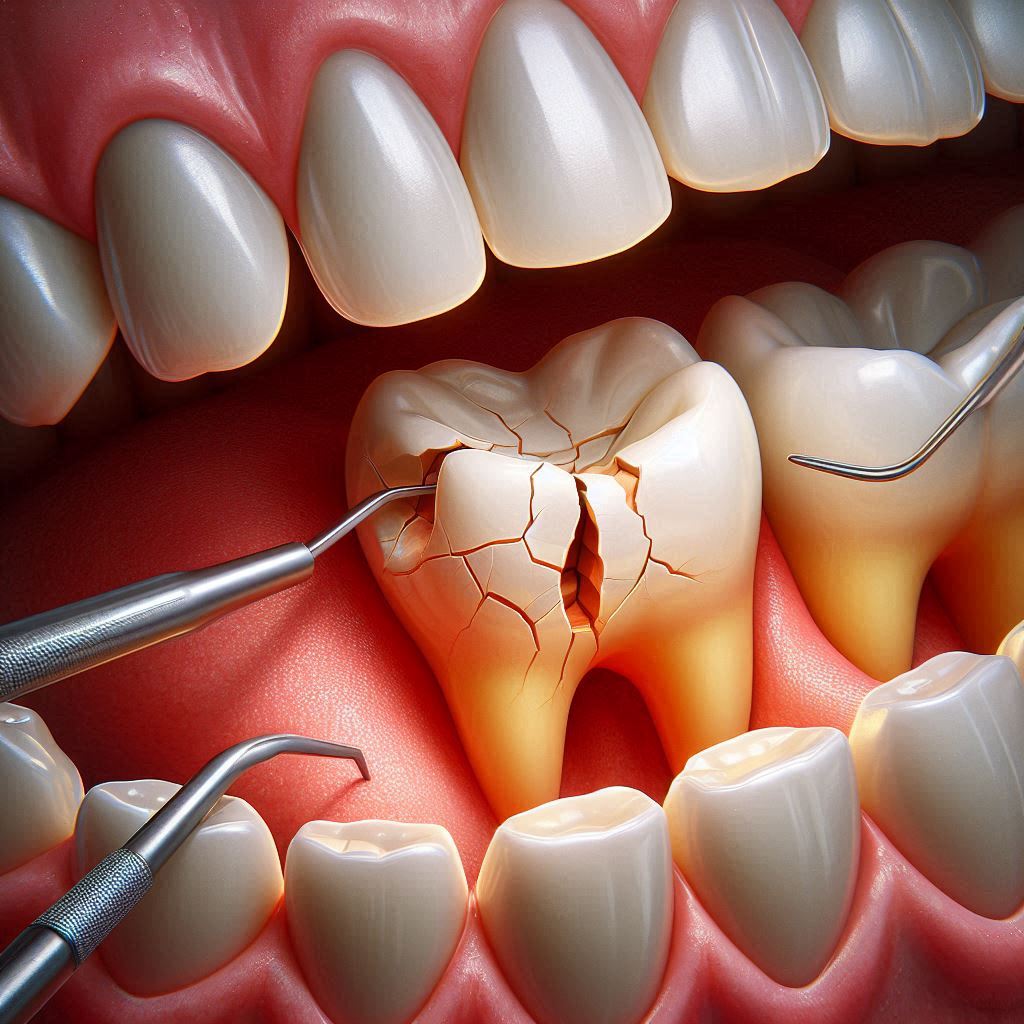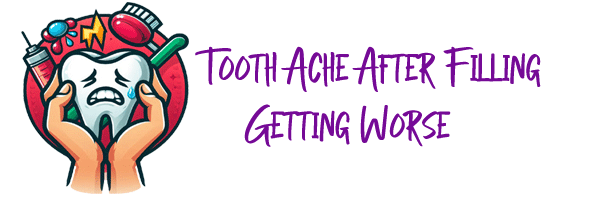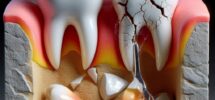Imagine your mouth as a grand orchestra, where each tooth is an instrument, finely tuned, in harmony with the others. Together, they create the perfect bite — a silent symphony that allows you to chew, speak, and smile with ease. Now, introduce one slightly taller instrument — a tooth that plays just a little too loud, a tiny bit off-beat. Suddenly, the melody turns into noise. That’s what happens when a dental filling sits just a millimeter too high.

And this, surprisingly, may be the hidden culprit behind your tooth ache after filling getting worse.
When Harmony Turns into Pressure
After a cavity is filled, we often expect instant relief — the pain should end, right? But what if instead of relief, you begin to feel discomfort while chewing, a dull throbbing pain, or even sharp jolts when you close your mouth?
That’s not just your imagination — it’s your teeth crying out for balance. Small. Invisible. But painfully disruptive. Each time your teeth come together, they clash unnaturally — over and over again. This unnatural pressure irritates the tooth’s ligaments, nerves, and sometimes even the jaw joint, resulting in an ache that wasn’t there before… or one that stubbornly refuses to go away.
So if you’re thinking, “Why is my tooth ache after filling getting worse?”
The High-Filling Dilemma: A Microscopic Mountain
A high filling doesn’t look like much — a mere fraction of a millimeter too tall. But in the finely calibrated world of your mouth, that’s like building a hill in the middle of a highway. Every bite slams into it. Every chew grinds against it. Over time, your tooth’s nerves begin to protest, and the pain spreads.
Chewing on one side? That side now takes more strain. Avoiding that tooth? You throw your whole jaw off balance. And what started as a minor irritation turns into a persistent problem. That’s why so many patients come back saying: “Doc, my tooth ache after filling is getting worse instead of better!”

The Occlusal Adjustment: A Sculptor’s Touch
Thankfully, the solution is elegant, painless, and almost artistic. Enter occlusal adjustment — where your dentist becomes a sculptor, gently reshaping the high point of the filling to restore perfect contact with the opposing teeth.
It takes only minutes. With special paper to mark the high spots and a delicate drill, the dentist shaves away just enough to bring that rogue peak in line with the rest of the dental landscape. The result? Immediate relief. No medications. No root canals. Just balance restored.
It’s like tuning a guitar string — a tiny twist brings it back to harmony.
The Beauty of Simplicity
What makes occlusal adjustment a unique solution is its simplicity and effectiveness. It doesn’t require complex procedures, expensive treatments, or even anesthesia in most cases. Yet, it can completely reverse the domino effect of discomfort triggered by a single misaligned filling.
For patients wandering in circles, wondering why their tooth ache after filling getting worse instead of better — this often-overlooked adjustment can be the light at the end of the tunnel.
The Mouth Remembers
Our bite is a memory — one formed over years of speaking and chewing. When that memory is disturbed, even slightly, the body responds. But it also forgives quickly when that balance is restored.
So if you’re dealing with unexplained post-filling pain, don’t dismiss it. And don’t fear it either. Sometimes, the answer isn’t hidden deep inside the tooth but sitting right on top — a tiny bump that needs a gentle touch.


